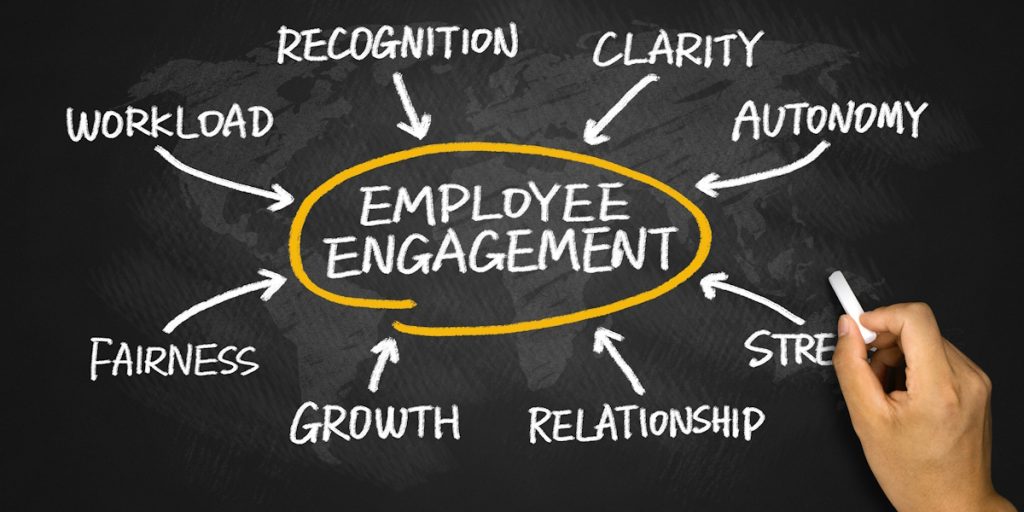A smart guy once said, “It’s insane to do the same thing over and over, expecting different results.” What’s even more insane? Copying your competitor’s strategy and expecting it to work better for you. Your customer relations strategy should be built around your unique business, not a replica of what others are doing.
Customers today expect businesses to understand their needs, engage with them meaningfully, and provide a personalized experience. If you’re not adapting, you’re missing out on loyal customers and improved customer retention rates. So, how can you break free from ineffective strategies and build a successful approach to customer relations? Let’s dive in.
The Problem with Copy-Paste Customer Relations Strategies
Many businesses fall into the trap of imitating competitors. While keeping an eye on industry trends is essential, blindly following others can hurt your relationship with your customers. Here’s why:
- What Works for Them Might Not Work for You: Every business has a different customer base, so a strategy that suits one company may not align with yours.
- Ignoring Unique Pain Points: Customers expect businesses to acknowledge and solve their specific issues. Copying another company’s approach may overlook the actual pain points of your audience.
- Lack of Differentiation: A brand that looks like every other competitor loses its uniqueness, leading to reduced customer engagement tactics and fewer satisfied customers.
Building an Effective Strategy for Customer Relations
Instead of repeating outdated practices, focus on a customer relations strategy that responds directly to your audience’s expectations. Here’s how:
1. Understand Customer Behavior Through Data
To create an effective approach, start by analyzing customer behavior. Use purchase history, browsing patterns, and past customer interactions to develop insights. With this data, your business can:
- Identify what keeps customers engaged.
- Address gaps in customer support.
- Provide personalized experiences that improve customer satisfaction.
2. Prioritize Personalized Customer Service
Customers appreciate businesses that remember their preferences and respond accordingly. Investing in personalized customer service means:
- Training your customer service team to handle inquiries based on previous interactions.
- Using knowledge bases to provide instant, relevant solutions.
- Implementing AI-powered chatbots for real-time support.
3. Improve Customer Engagement Tactics
Building strong business customer relations requires consistent engagement. Effective methods include:
- Leveraging social media for direct communication and support.
- Sending targeted emails based on purchase history.
- Encouraging feedback and implementing improvements based on customer feedback.
Customer Relations vs Customer Service: What’s the Difference?
Many businesses confuse customer relations vs customer service. While both are important, they serve different purposes:
- Customer Service: This is a reactive approach where businesses assist customers when they have issues. It involves troubleshooting, problem-solving, and ensuring customers receive timely support. A strong customer service team is crucial for addressing concerns and maintaining satisfied customers.
- Customer Relations: This is a proactive, long-term strategy focused on strengthening relationships with customers before issues arise. It involves engaging with customers beyond transactions, understanding their needs, and making them feel valued. Effective customer relations strategy leads to better customer retention rates and brand loyalty.
By balancing both, businesses can maintain high customer retention rates and a dedicated customer base. Companies that invest in customer relations, rather than just customer service, build stronger emotional connections and improve customer satisfaction over time.
The Role of Technology in Enhancing Customer Relations
Using technology smartly can elevate your customer relations strategy. Here are some tools that make a difference:
- CRM Software: A robust CRM system helps businesses manage customer relationships by tracking customer interactions, purchase history, and customer expectations. It provides valuable insights to personalize experiences and address concerns proactively.
- AI & Chatbots: AI-powered tools enable real-time support, reducing response times and improving efficiency. Chatbots can handle common queries while human agents focus on complex customer needs.
- Social Listening Tools: These allow businesses to monitor conversations on social media, helping them understand customer sentiment, respond to concerns, and refine their approach.
- Automated Email & Messaging Systems: Personalized emails based on customer behavior help keep customers engaged, whether it’s sending product recommendations or following up on previous interactions.
By leveraging these technologies, businesses can improve customer engagement tactics, increase efficiency, and enhance the overall customer experience.
The Bottom Line: Be Unique, Not a Copy
Relying on your competitor’s methods won’t set you apart. Your business needs an effective strategy that truly connects with your customers. By focusing on customer behavior, personalizing interactions, and leveraging technology, you can create a customer relations strategy that drives growth and improves customer retention rates.
Is Your Customer Relations Strategy Truly Unique?




